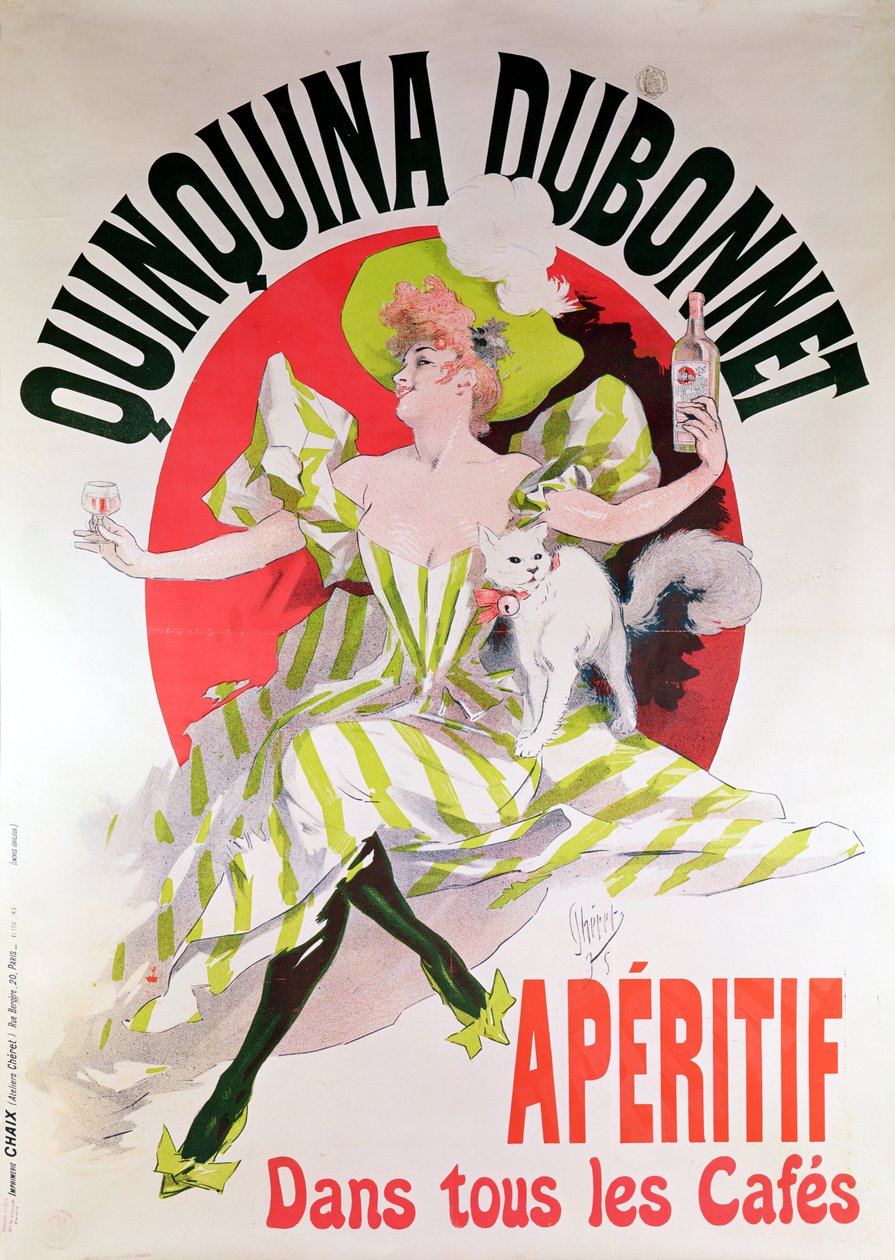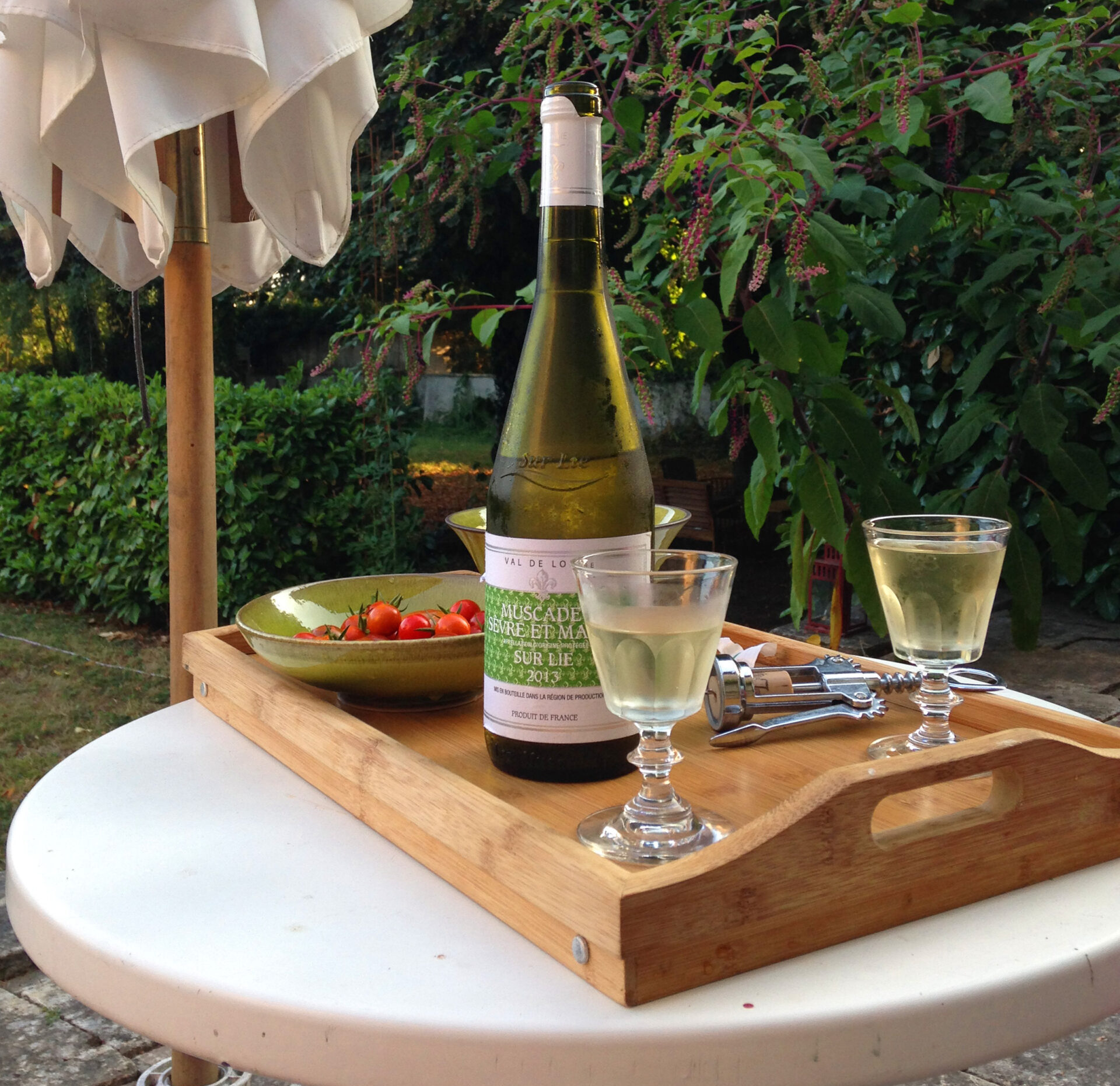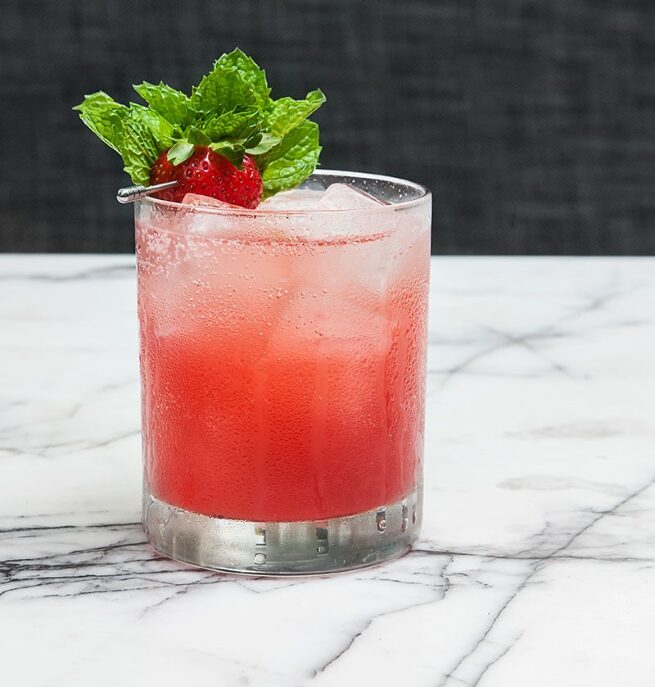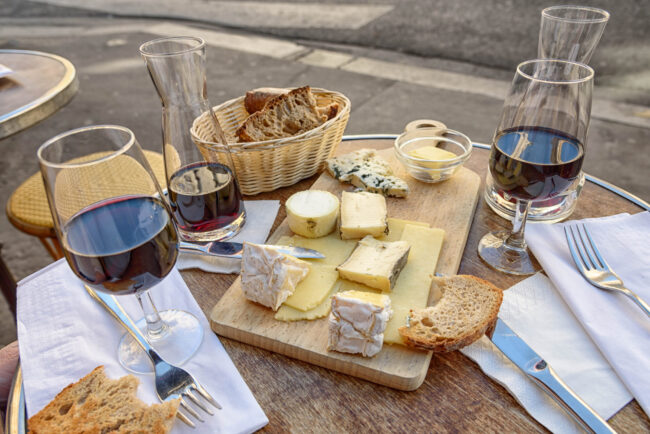The Art of the Apéritif: Pre-Dinner Drinks in Paris


When I was living in Paris as an au pair, I quickly discovered one of the city’s most sacred rituals: the apéritif. What began as an innocent glass of wine after a long day of childcare and language classes became a cultural cornerstone of my Parisian life. The apéro wasn’t just about sipping something before dinner – it was a moment of pause, a celebration of connection, and an embrace of life’s little pleasures. Now, years later and living outside of France, this beloved ritual still lives on in my daily life.
A way of life
The French take their cheese and wine seriously, and with that same reverence comes the tradition of the apéritif. Usually beginning around 6 p.m. and stretching into the evening, the apéro serves as a gentle transition from the day’s hustle to a more relaxed, convivial mode. It’s a moment to gather, to decompress, to rant about a terrible boss or toast to an unexpected joy. And sometimes, it becomes the main event itself.
Derived from the Latin aperire – meaning “to open” – the apéritif is meant to awaken the appetite before dinner. But more than just a culinary tradition, it’s a social glue. Friends, couples, and families come together over light snacks and carefully chosen drinks. Even children are invited into the ritual with their own version: the diabolo, a vibrant blend of syrup and sparkling lemonade.

Poster by Jules Cheret advertising Quinquina Dubonnet aperitif, 1895. Wikimedia commons
It’s part of human nature!
Food and drink have always had the power to bring people together, creating moments of connection that transcend language and borders. Since ancient times, shared meals have been at the heart of cultures around the world. In fact, research from the University of Oxford shows that countries where people eat together more frequently report stronger social bonds and lower levels of loneliness. So why not call up a few friends and recreate the French apéro experience yourself – with good drinks, tasty snacks, and even better company?
Setting the Scene
L’apéritif is wonderfully low-maintenance. You don’t need matching plates or a curated playlist – though both can help. Scatter nibbles across the table, light a candle or two, turn on your favorite record, and voilà. It’s casual, it’s cozy, and it’s all about the shared experience.

Muscadet apéritif. Photo: Julien.scavini / Wikimedia Commons
What to Drink
French apéritifs are as diverse as the regions they come from, and part of the fun is discovering your favorites. The options span from sparkling wines and fortified blends to herbal liqueurs and low-alcohol natural wines. Here’s a more detailed guide to some staples that bring French flair to your pre-dinner drinks:
- Kir: Light, fruity, and easy to make. Mix 1 part crème de cassis (blackcurrant liqueur) with 4 parts dry white wine. While Aligoté is traditional, Sauvignon Blanc or even a chilled Chardonnay works well.
- Kir Royale: Elegant and effervescent, this is the sparkling cousin of the Kir. Simply use champagne or a quality crémant instead of white wine. A beautiful way to kick off a celebratory evening.
- French 75: For something zesty and strong, the French 75 delivers with gin, lemon juice, a hint of sugar, and a champagne top-off. It’s bright, bubbly, and deceptively potent.
- St. Germain Spritz: Swap out Aperol (Sorry, Italians!), for elderflower liqueur, and mix it with sparkling wine and soda water. This drink is floral, aromatic, and perfect for summer garden apéros.
- Lillet: A classic Bordeaux apéritif made from wine, fruit liqueurs, and botanicals. Lillet Blanc is slightly sweet and citrusy, while Lillet Rosé and Lillet Rouge offer berry-forward and spiced notes. Serve over ice with orange slices, or mix with tonic water and fresh herbs for a refreshing, low-alcohol spritz.
- Pétillant Naturel (Pét-Nat): These naturally sparkling wines are cloudy, funky, and often full of personality. Expect flavors like pear, green apple, or stone fruit, depending on the grape. They’re less refined than Champagne but perfect for a casual, rustic vibe.
- Pastis: Love it or hate it – even the French are divided! Pastis is a Mediterranean classic made from star anise and herbs. It turns cloudy when mixed with water (typically 5:1 ratio). Best served ice-cold on hot summer evenings, it evokes the south of France like no other.
- Crémant: For a Champagne alternative, try a bottle of Crémant. Produced with the same méthode traditionnelle as Champagne but from regions like Alsace, Loire, or Burgundy, it’s budget-friendly and just as festive.
- Pineau des Charentes: A lesser-known but beloved apéritif from western France. Made by blending grape juice with Cognac, it’s sweet, nutty, and smooth—best served cold with cheese or pâté.
- Rosé: A chilled glass of dry Provençal rosé is always welcome at apéro hour. It’s light, crisp, and endlessly drinkable, with notes of strawberry, citrus, and herbs.

Strawberry spritz made with St Germain. Photo: ©Drew Lazor
What to eat
The beauty of the French apéritif lies in its balance: enough food to satisfy, but never so much that it replaces dinner – unless, of course, you decide it is the dinner. This is a decision I am very much in favor of! The key is variety and presentation. Lay it all out buffet-style, and let guests graze at their leisure.
Cheese Board Essentials
French cheese is a world of its own, and no apéro is complete without it. Try building a balanced selection across these styles:
- Soft and creamy: Camembert, Brie de Meaux
- Firm and nutty: Comté (aged for extra depth), Tomme de Savoie
- Goat’s cheese: Chèvre frais, or aged varieties like Crottin de Chavignol
- Blue: Fourme d’Ambert, Roquefort (with a drizzle of honey)
- Sheep’s Milk: Ossau-Iraty with cherry jam from the Basque region
Serve cheeses at room temperature with crusty baguette slices. Or if you want to be more adventurous, serve with rustic sourdough, fig and walnut crackers, and you can even add a side of fig chutney, honey, or Dijon mustard for a French touch.

Cheeseboard, bread, and wine on a cafe table. Photo: Joe deSousa / Wikimedia commons
Charcuterie
French cured meats are rich, salty, and perfect for pairing with a crisp glass of white wine or chilled rosé.
- Jambon de Bayonne: Dry-cured ham from the southwest, silky and delicate.
- Saucisson Sec: Dry French salami, ideally studded with pepper or herbs.
- Pâté de campagne: Country-style pork terrine with rustic texture.
- Rillettes: Spreadable pork or duck confit – luxurious on warm bread.
- Smoked Trout or Salmon: Add a touch of elegance with thinly sliced cold-smoked fish, lemon wedges, and capers.
Vegetables & Dips
Bright, crunchy veggies bring colour and freshness to the table. Serve raw.
- Crudités: Carrot sticks, cucumber, radishes (especially with salted butter), celery, and cherry tomatoes.
- Dips: Hummus, caviar d’aubergines (eggplant dip), tzatziki, or taramasalata (a pink fish roe dip).
- Marinated Options: Artichoke hearts, roasted peppers, grilled zucchini, or pickled mushrooms.
The Nibbles: Small but Mighty
Sometimes, the smallest bites are the most addictive.
- Olives: Choose a mix – Niçoise, green Picholine, or oil-cured black olives.
- Cornichons: These tiny, tart pickles are perfect alongside meats and cheese.
- Salted Nuts: Almonds, cashews, or pistachios add crunch and contrast.
- Chips & Crackers: Truffle potato chips or artisanal crackers give extra variety and a hit of indulgence.
- Tapenade: Olive paste with capers and anchovies, served with breadsticks or toast.
Or … Beauty in simplicity?
An apéritif doesn’t need to be elaborate to be meaningful. Sometimes, all it takes is a good glass of wine, a wheel of creamy Camembert, and a fresh baguette to create a moment of pure joy. It’s about savouring the experience, not impressing with extravagance.

Baguette. Photo credit: Bas Peperzak, Unsplash
Apéritif as an anchor
What struck me most about the apéritif in France wasn’t the drinks or the food – it was the mood. It was the unhurried conversations, the shared moments, the way the world seemed to slow down for an hour or two. The apéro taught me to make the most of the in-between moments, to mark the end of the day not with stress or obligation, but with connection.
And now, even far from Paris, when I pour a glass of wine, bite into a baguette and invite a friend over for a catch up before dinner, I feel a little closer to that version of myself that lived among the cobbled streets of Paris. It’s a ritual I’ll carry with me always.
So go ahead – call up a few friends, put on some music, and set the scene. The French apéritif isn’t just a tradition; it’s a shared moment of joy.
Lead photo credit : Apéritif. Photo: Life and Bubbles/ Flickr
More in Apéritif, cheese, wine


